Rural Thoughts on an Urban Exodus
The drumbeats of a pandemic, crime, cost of living, and divisive national leadership have planted the seeds for an urban exodus. Should some of that happen, forward- thinking communities in rural America could blossom.
The Daily Yonder is an ambitious online newsletter published by the Center for Rural Strategies in Whitesburg, Ky. The Daily Yonder covers rural news on a national scope. Tim Marema is editor.
Over yonder from today’s dehumanizing conversations, what are the good things that humans do?
“We’re in a society that allows us to be in ideological bubbles,” Marema explained in a mid-September conversation from Kentucky. “Cities make that easier in some ways because there are more people to choose from and it’s easier to develop friends who think the way you do. In smaller communities, you have to learn to get along with more politically diverse friends. I can’t get my mechanic pissed at me politically because I need him. I like the idea that we might be moving to ways of smaller communities. But right now, it doesn’t matter where you are.
“For me, small-town rural living is not about getting a lot of land between me and my neighbors, it’s about having human relations on a scale where I can know who my neighbors are and recognize people. All the things that humans do.”
I’ve been thinking about this.
Almost three years ago I left the Ukranian Village neighborhood of Chicago for an inner-ring suburb of Chicago. It was becoming difficult to afford the city. I couldn’t find a love song on the jukebox. All the old birds had flown away.
I’ve spent much of the last two years visiting small towns for an upcoming project. COVID-19 hit as I began the home stretch on research. I would visit a remote rural community and see a forward spirit on the streets. I’d come home, walk around downtown Chicago and feel my heartbreak.
I was born and raised here and boarded up legacy businesses like the Palmer House and Central Camera are memory places. Downtown may never have the intense energy that once absorbed me (neon, newsstands, basement bars, diners), yet it will be interesting and possibly invigorating to participate in its evolution. Things change. Chicago will always be the Windmill of America. Its energy is empowering. And a rural ethic is in its blood from the Union Stockyards to Delta Blues.
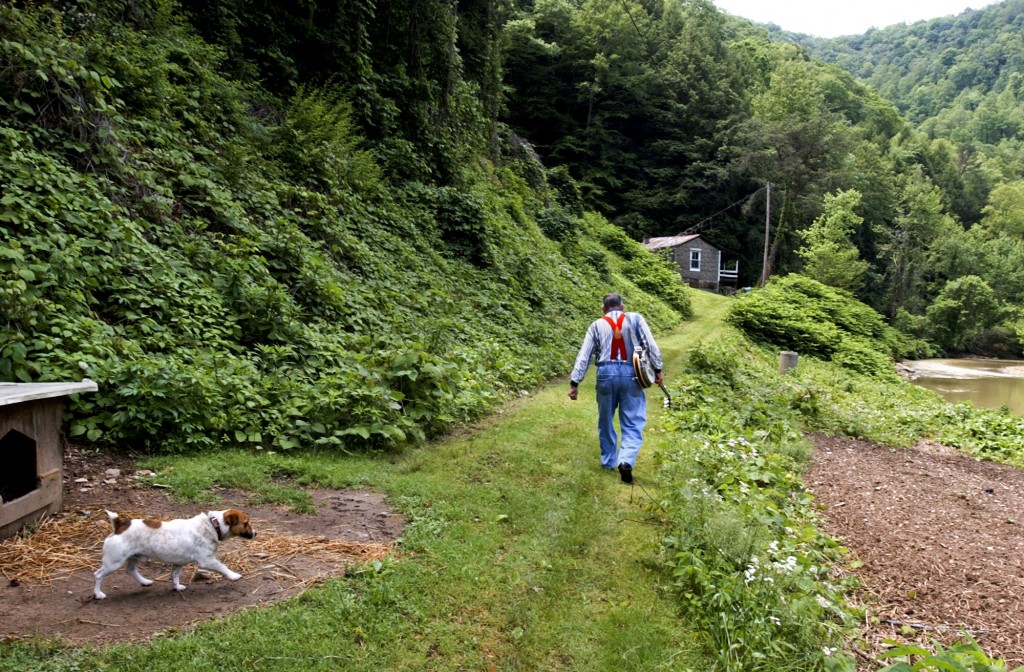
Banjo player Lee Sexton on his land in Letcher County, Ky., 2012 (Chad Stevens photo courtesy of The Daily Yonder.)
Alchemy Community Transformations is based in Clive, Ia, just outside of Des Moines.
It was formed in 2016 under McClure, a multi-disciplinary civil engineering firm. Alchemy helps rural communities understand what they will need to take advantage of the urban migration: Broadband, housing, education, arts, and culture.
Alchemy has worked in more than 20 states and conducted more than 30 projects. They come into the community as consultants. Clients include municipalities (city and county), states, foundations, private businesses, and several federal agencies.
Zachary Mannheimer is a Principal Community Placemaker at Alchemy. He is a native of rural Pennsylvania, but before coming to Iowa he lived in London and spent eight years running theater companies and working in restaurants in Brooklyn, N.Y. “I imagine the nostalgic feeling you were having downtown was probably the same feeling the 80-year-old Wisconsin farmer has when he wanders around his hometown today,” Mannheimer said. “At one point these rural communities were doing fine. People who have lived there throughout their whole lives are experiencing the death of their town. There is no finish line for a city or a place. You have to continue progressing.”
Marema added, “Things may be a little accelerated now. However, there was already a trend of younger families that start raising kids and move to smaller tier cities. I know higher education is going to have a shakeup. Why would I spend money to sit at home taking classes online at Vanderbilt or someplace else? Colleges were prime for a disruption because of the cost-versus-benefit. So what are the things in urban areas that will happen like that?”
Chicagoans are emboldened with a deep sense of pride. It is difficult to mention urban migration. Some even recoil at people leaving for the suburbs.
Mannheimer lived in Evanston and Lincoln Park in 1996-97. He took classes at The Second City.
“People should get upset about leaving cities,” he said. “Normally there’s a healthy ebb and flow of people in and out of a place like Chicago. This is an emptying out based on a natural disaster, a political disaster, and an economic disaster at the same time. No city was prepared for this. What we’re seeing now us that the smart cities, regardless of size and location are coming up with contingency plans if and when this happens in the future. The post-COVID world doesn’t exist yet. We get to invent it now. This is why we’re pushing communities of any size to be actively planning.”
As I’ve visited rural and mid-sized towns over the years I wondered about the accessibility of a sense of community. With less red tape it seemed easier to get things done than in big cities. In one Southern Illinois town, I was told that young people aren’t looking for jobs, they are creating jobs.
Is it easier to create jobs in smaller towns?
“Great question,” Marema answered. “I know researchers who are looking at questions like that, especially around the impact of broadbands. The advantage is that a storefront is available at a lower cost. Start-up would be much lower. The difficulty is that if you’re going for a local market you’ve got challenges. If you’re going for a national market in a rural area, you have a business advantage with lower overhead but might have some disadvantages where online access could be problematic.”
According to federal classification, 97 percent of America’s land is rural, but 80 percent of the population lives in urban centers. Part of Alchemy’s mission statement says, “We don’t think the center will hold, and it’s time to explore the exotic lands of rural America.”
By the mid-2000s Mannheimer was getting priced out of Brooklyn. In 2007 he went on a 22-state road trip. He then moved to Iowa although he didn’t know anyone in the state. “I chose Des Moines,” he said. “I wanted to open a theater. The theater ended up becoming the non-profit Des Moines Social Club. We opened up in 2009 and it is up for debate if it continues. COVID has had a significant hit on that. But I raised about $14 million and we bought a 1937 Art Deco firehouse in downtown Des Moines. We turned it into a fully functional art center. I ran that until 2015.”
Smaller Iowa towns wondered if they could also reconfigure lost spaces into art venues, not unlike what FitzGerald’s in Berwyn has been doing with outdoor concerts at the ReUse Depot in Maywood, Ill.
Mannheimer began networking with other Iowa communities, first on finding creative art spaces. “I spent the bulk of my career working for and running non-profit arts organizations that were already struggling,” he said. “Even a for-profit venue like a club basically operates like a non-profit. There are no margins. I have a lot of friends who run these places. Every day I see their posts about trying to get the federal government to bail them out. Whether the federal government does or not, and I’m going to say probably not with this congress, but even if they did it wouldn’t be enough. They need to focus on what comes after. Places are saying we’re not going to do giant festivals anymore: we’re going to do them in museums where you can spread out. There’s a run on old warehouses right now. They’re giant empty open spaces. You can still do arts-related events, but you have to do it in a new way.”
I’m fascinated with how cities are going to look like on the other end of this — and what cities might learn from rural. More rooftop gardens and events? Urban hayrides with house music? We already have a Black Urban Cowboy that used to have a horse. Or, the juxtaposition of Sam Marts’ new rural mural at the Bucktown-Wicker Park Library, as first reported last week by Block Club Chicago.
We’ve lost Ronny’s Steak Palace but gained the Corn Palace!
“I more think what rural can learn from places like Brooklyn,” Mannheimer said. “And that ‘Brooklyn’ will begin to be, in fact already is, a sense of place as opposed to a place. Brooklyn will always be there but it is unattainable to many.”
Part of the Daily Yonder’s mission is to show that rural is more than white, middle-class farmers. “There’s diversity of opinion, diversity of economic opportunity, and the geography is vast,” Marema explained. “There’s something in common among places that face a similar policy ceiling and have a similar set of economic, social and health issues they deal with. Right now it is hard to get a message out that does not instantly trigger one of two sides to put it in an A or B column and argue about it.”
On Sept. 22, the Daily Yonder’s April Simpson wrote a story about preserving Black-owned land. She cited three sisters from Chicago who discovered they owned 35 acres in rural Mississippi worth more than $40,000. The local cooperative researched delinquent tax rolls and public records to alert people about lost land. Simpson added that more agricultural groups are pushing for social justice. Here is her report.
Author Bill Bishop started the Daily Yonder in 2007 with his wife Julie Ardery and Marema. Ardery and Bishop previously owned the Bastrop County Times in Smithville, Tx. Bishop wrote the book “The Big Sort: Why the Clustering of Like-Minded America is Tearing Us Apart.”
In his January 2009 afterword, he wrote: “The message people living in a democracy must understand, more than any other message, is that there are Americans who aren’t just like you. They don’t live like you, they don’t have families like yours and they don’t think like you. They may not live in your neighborhood, but this is their country, too.”
What became of that circle of thinking?
Bishop, Ardery, and Marmea had strong non-profit and communication experiences. “Our idea was that rural communities and issues had not gotten accurate and sympathetic discussion in the public discourse,” Marema said.
After putting five years in the start-up of the Yonder, Ardery and Bishop stepped back. Bishop remains as an adviser and contributing editor. Bishop and Ardery live in La Grange, Tx. and are involved in community work. They most recently developed a program to rehab old laptops to give to residents who cannot connect online.
Marema added, “Bill says realtors tell him stuff is selling in La Grange. They’re about an hour and a half out of Austin. La Grange, apart from the ZZ Top song, is not a very well-known town. But there’s aesthetics in some of these rural places that are great. Downtowns are designed in a different era when people walked around. As we do our audience planning, we talk about rural consciousness and rural spirit. We did a reader survey a year or two ago. When we asked our readers what type of community they lived in, the vast majority noted they had lived in urban, rural and suburban communities throughout their lives. We try to maintain an attitude that these definitions are going to be fluid no matter what.”
The Daily Yonder publishes one or two stories a day. They send out a newsletter on Wednesday morning and Friday afternoon with a digest of everything they’ve published since the previous newsletter.
Marema helped launch Rural Strategies in 2001 in Kentucky. He grew up in Eastern Kentucky and went to Berea College, the home of the Historic Boone Tavern Hotel and Restaurant. Marema worked at the weekly paper in Berea before moving on to the University of North Carolina’s graduate school of journalism. He edited the Durham (NC) Herald-Sun before getting married in 1992 and returning to Kentucky. Before Rural Strategies, Marema did resource development and communication at the Appalshop cultural and media arts center in Whitesburg.
Of course, the divide in America is much greater now than when the Rural Strategies/Daily Yonder started. “Our initial idea was that if policy is made by the sausage machine and you put better ingredients in, then you get better policy out the other side,” Marema said. “We thought if we could get information about rural America into the policy discussion and reframe it, we could get better policy. There’s a little evidence some of that worked. That’s what interested me about journalism and I assume it is what interests most people that go into journalism. You want to have an impact. But right now there’s executive policy but not legislative policy.”
A couple of months ago I sat in on an Institute for Nonprofit News (INN) Zoom discussion on “Rural Newsrooms” that included the Daily Yonder’s Adam B. Giorgi who pointed out he is based just outside of Minneapolis. “It isn’t especially rural,” Giorgi said. “There’s talk about bridging divides. That is mirrored at the Yonder. A lot of our audience we view as kind of wonky; people who have an interest in rural and they may not be based in rural.” Giorgi is working to expand the Yonder with new media forms and audience development.
Peter Shaw is trustee at Shaw Media, the 3rd oldest continuously owned and managed media company in the United States. They are based in rural Dixon, Ill., about 100 miles west of Chicago. The Shaw Media holdings cover 15 counties throughout Northwest Illinois, a part of Iowa and the inner ring suburbs of Chicago.
Shaw and his family lived in the Lincoln Square neighborhood of Chicago before moving to Dixon in 2012. During a midsummer 2020 interview, he guessed that people will leave cities for greener pastures, primarily because of the flexibility of technology. Shaw explained, “With all the ‘good jobs’ you had to be in the heart of a city to attract employment. A ton of stuff makes sense about that. You don’t have to have your own transportation. This is just based on my thoughts but as soon as so many people were forced to start working from home, those who could keep working, realized the benefit and capability of working remotely. I think a lot of people will be taking up the option of a lower cost of living and easier lifestyles. If you’re going to be working from home you’re going to want a bigger space than you would have otherwise. People can also expand their search.
“It will probably benefit the suburbs first. There always seems to be a step-by-step movement. From what I remember of living in the suburbs is that there’s still tons of inventory that could be sold and occupied by people leaving the city. Even a place like DeKalb could start seeing growth again. They are putting in an $800 million Facebook data center (on 505 acres) in DeKalb.”
Mannheimer said, “The stairstep example is how migration has normally occurred. In the last 30, 40 years the east and west coasts of the country were oversaturated. You could probably throw Chicago in that as well. People were leaving and going to second cities. That’s Nashville, Austin, Minneapolis. Those were the cities seeing major population gains. Today, all the second cities are oversaturated. People are going to Des Moines, Little Rock, Birmingham, Madison, Wis. Before COVID we were saying that by 2035 those third cities would be oversaturated. That’s when we believed the major move to more rural locations would happen. And that would probably pair with technology to be ready to support that.
“But because of COVID, everything sped up overnight. More people know the technology. Companies who were skeptical of people working at home are fully on board with it. You’re seeing places like Google saying it will be a year before they make anybody return to the office if they ever return. People are no longer going down that stair path from first to second to third city. In many cases, they’re going first city directly to rural. That’s not normal. And that’s what this pandemic is causing.”

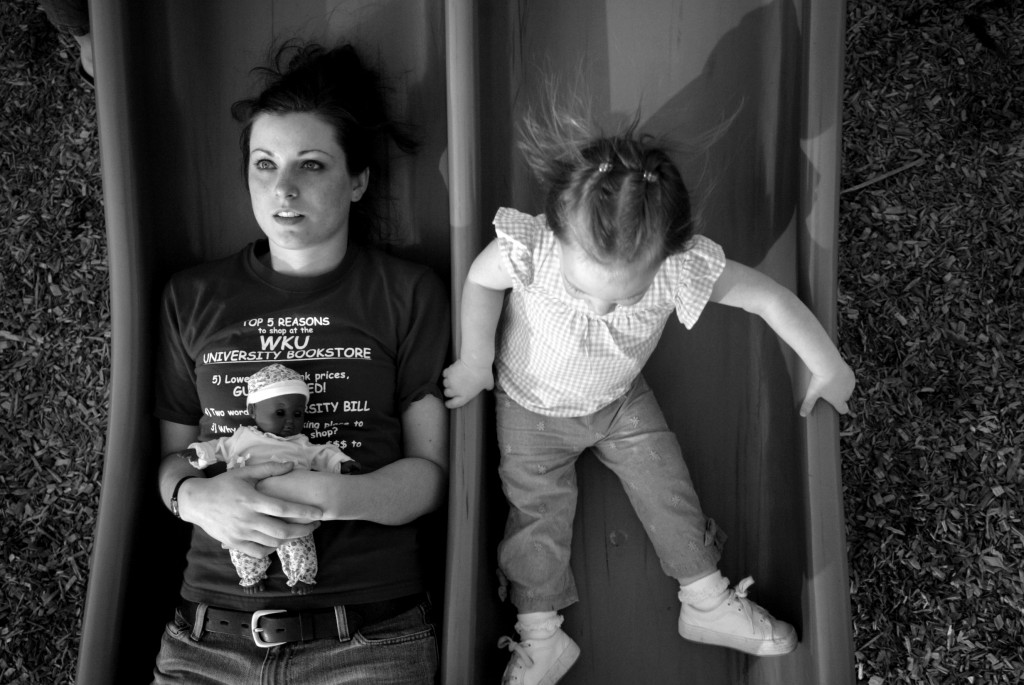
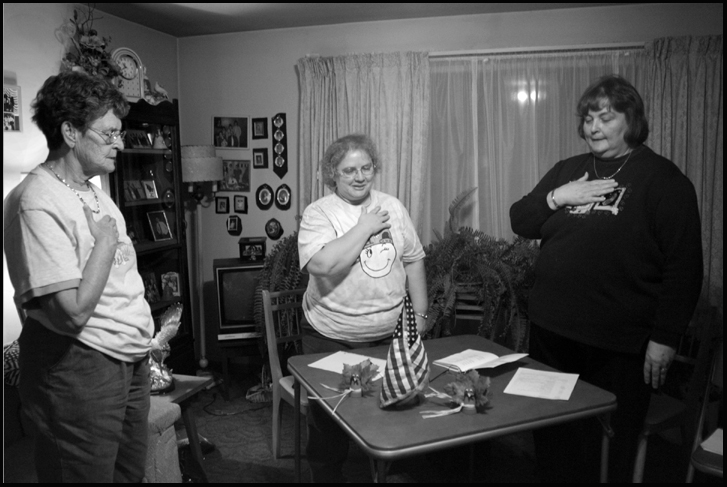
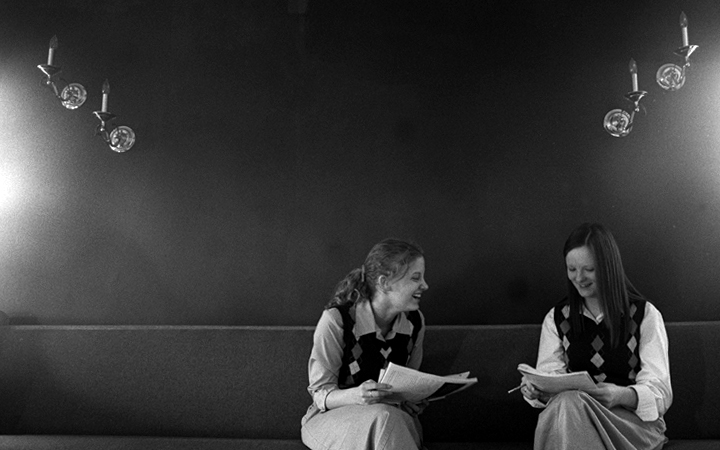
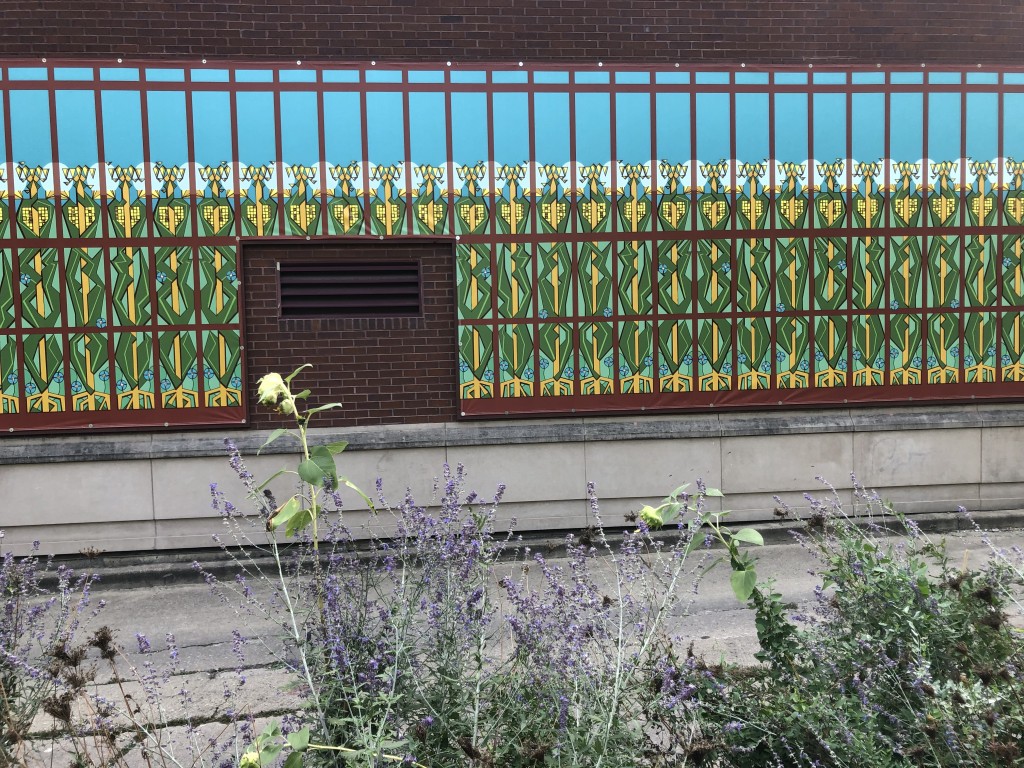
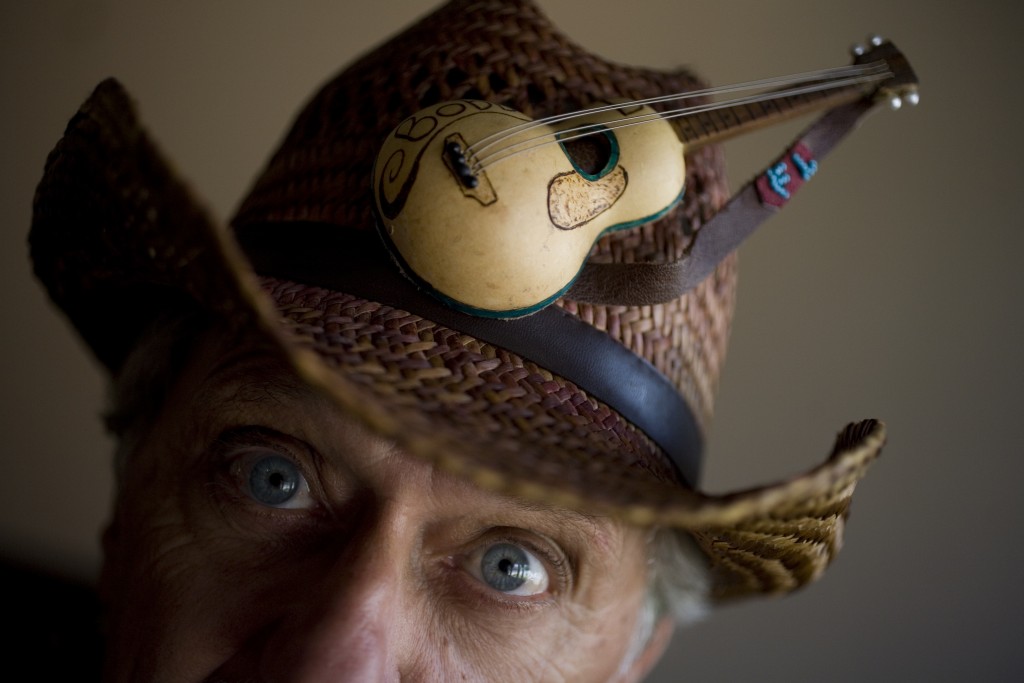
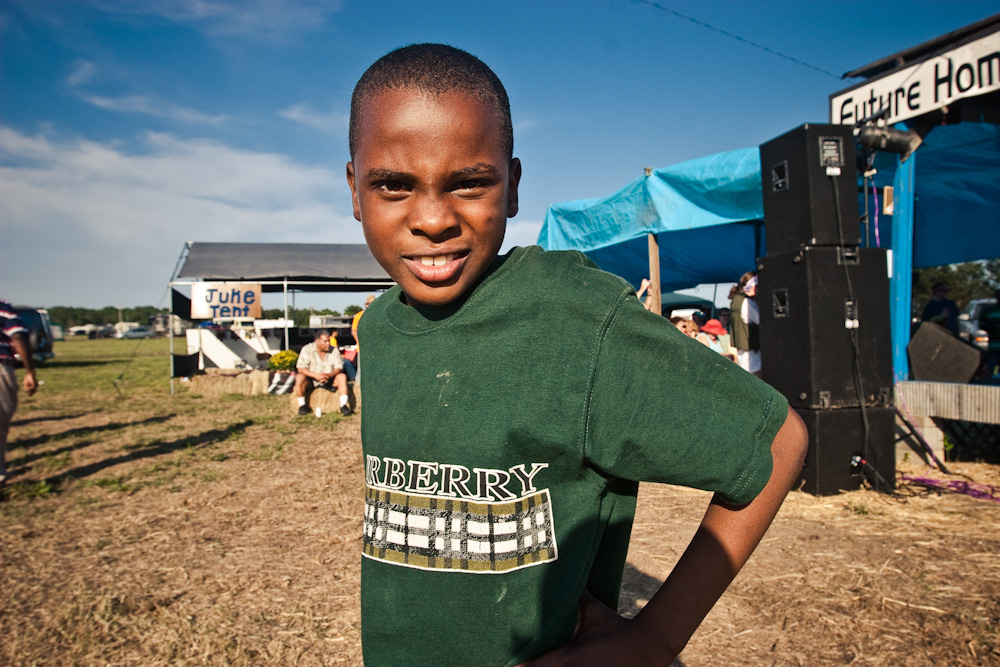
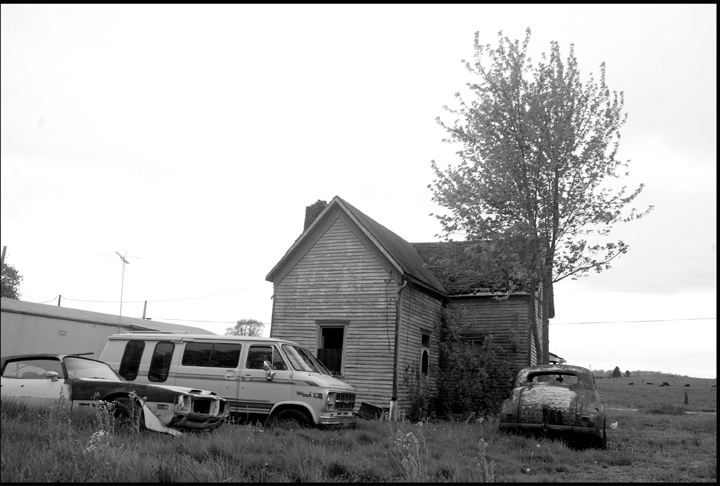

Leave a Response